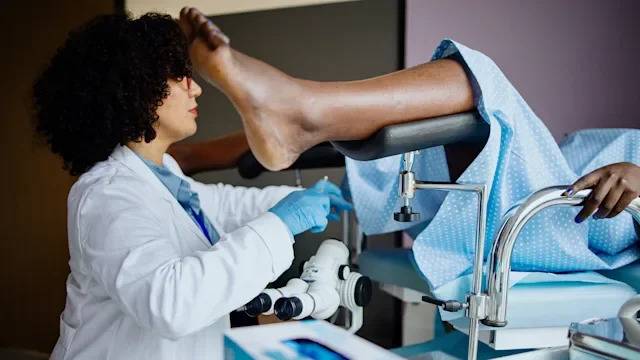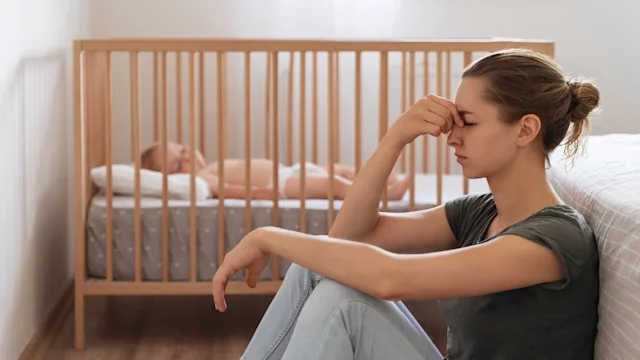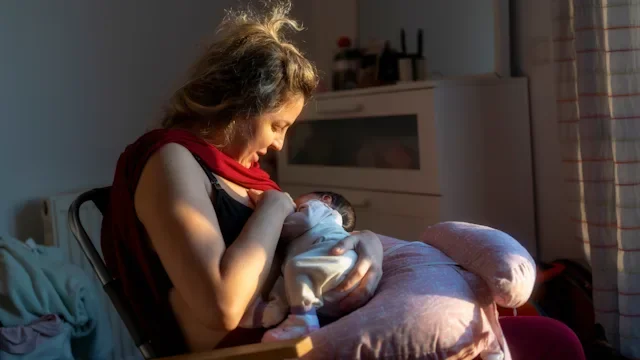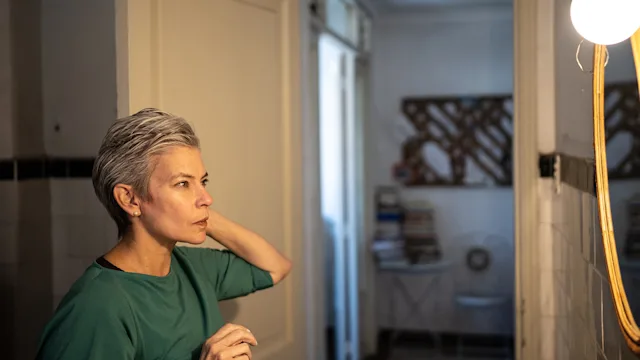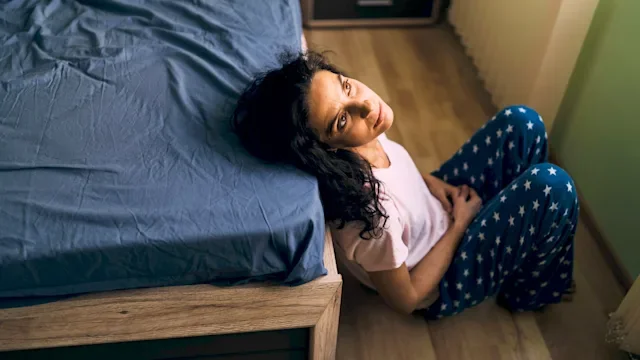Key takeaways:
Kesha Williams, who’s 50, has been living with chronic vaginitis — inflammation or infection of the vagina — since she was 20 years old.
In 2020, a new doctor prescribed a medication regimen that manages her condition.
Kesha’s experience and research led to the development of a feminine hygiene product to ease vaginitis symptoms.
Kesha Williams was pregnant with her daughter when she experienced such severe burning, itching, pain, and swelling in her vagina that she went to the emergency room.
It was her first diagnosis of a yeast infection. Kesha was 20 years old and “didn’t know what it was,” she says.
Now, 30 years later, Kesha, now a 50-year-old mother of two from Cincinnati, lives with chronic vaginitis. A PhD social work administrator and serial entrepreneur, Kesha has vaginal inflammation with discharge, itching, and pain several times a year. Her condition is most often caused by yeast infections. But she also gets bacterial vaginosis (BV).
The slowdown of the pandemic gave Kesha time to redesign and focus on a feminine hygiene product she developed in 2008 to help ease vaginitis symptoms for other women.
‘Challenging to manage’
Vaginitis is uncomfortable and can be debilitating. Symptoms can be mild, moderate, or intense and can be caused by infections or changes in vaginal pH levels.
“At certain times you may not want to take care of daily activities,” Kesha says, not to mention being intimate with your partner.
Kesha says she gets yeast infections tied to her menstrual cycle. For other women, vaginitis triggers may include diet, wearing tight or wet clothing, or hormonal changes related to menopause. The causes can be complex and vary depending on the individual.
“It’s challenging to manage,” Kesha says. “When we go [to the doctor], they give us a script for a quick fix. But there’s not always a regimen given to assist with keeping women free of symptoms.”
A regimen for relief
Kesha dealt with vaginitis at least five times a year until 2020. Everything changed for her when intense symptoms one Saturday landed her at urgent care.
Read more like this
Explore these related articles, suggested for readers like you.
“I was defeated. At that point, I had felt that way for many years,” Kesha says. “I figured it was going to be a lifelong thing I would need to deal with.”

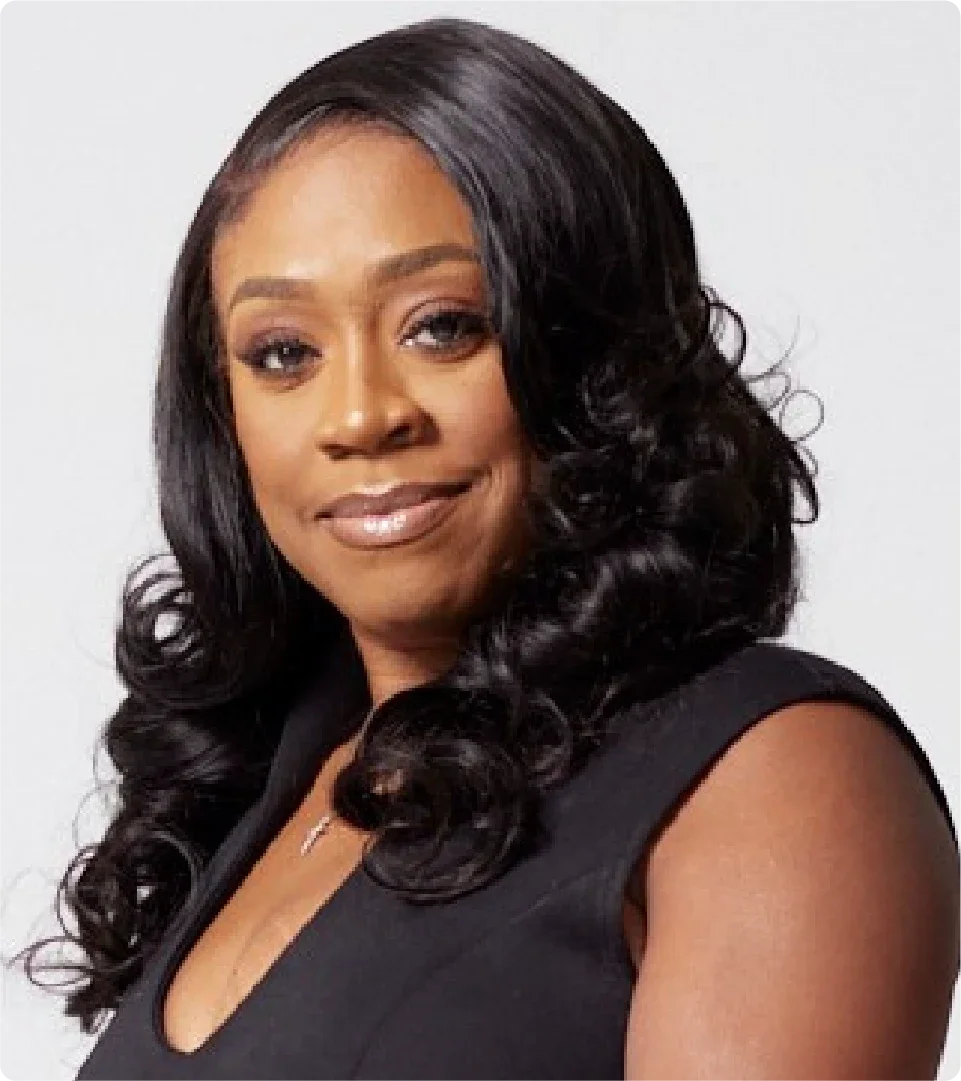
She explained her ongoing symptoms to the doctor. She thought that maybe the cause was intimacy with her husband. The doctor listened but quickly dispelled the myth that intimacy leads to these infections. He explained that some women, especially Black women, are more likely to get bacterial vaginosis.
The doctor put Kesha on a preventive regimen that includes oral and topical medications. Some are taken daily, others just at specific times.
The treatment worked. Kesha didn’t need to see the doctor for vaginitis for almost a year after starting the regimen. The approach also reduced how often she gets vaginitis. Kesha says she now gets an infection two or three times a year, down from five or more.
Resilience and innovation
Kesha did a lot of research in her quest to find a treatment that manages her vaginitis.
Years of dealing with chronic vaginitis brought frustrations. For example, Kesha points out that some over-the-counter treatments come with only one applicator that must be reused. This opens the door for cross contamination and a repeat infection if the applicator is not properly cleaned and sanitized between uses.
The cost of care is also a concern. Kesha says she is lucky to have good health insurance that pays for most of her prescriptions. In most cases, the antibiotic metronidazole (Flagyl) is prescribed. The medication can cost $100 a month without insurance, she says. Someone with chronic vaginitis and no health coverage could spend several hundred dollars a year. Coupons from GoodRx or drug maker discounts can help reduce the cost.
Based on these experiences and her drive to help others, Kesha developed a medical device for easing vaginitis symptoms. Her Cool Comforts is a pod that can be frozen and applied to the affected area to relieve discomfort.
Kesha just completed FDA classification for the device and will start the regulatory process soon. She has received a patent for it and will start market testing once she receives approval to do so from the FDA.
Breaking the silence
Now that she’s older, Kesha says she is more body conscious. She’s aware of what causes her chronic vaginitis. She is vigilant about hand washing and cleanliness. And she talks with her husband about how to keep her body comfortable, protected, and safe.
But many women are silent sufferers, Kesha says. She wants to change that. She says she hopes that sharing her story encourages others to discuss their condition with their doctors, partner(s), spouse, or someone close to them.
“Either we feel embarrassed to talk about it, or we feel it is inappropriate to speak about because of the area of our body where it occurs,” Kesha says. “It is not something that is shameful. It is not something bad. It is an issue for women.”
“I want to be a catalyst to facilitate discussions among all women about unmet feminine care needs,” she says. “We should be able to talk about it and support each other and help our partners and husbands understand what we are experiencing so they can support us.”
She shares these tips for other women living with vaginitis, yeast infections, or BV:
Be willing to adjust your lifestyle. Monitor your diet and activities so you avoid triggers for BV or yeast infections. Wear breathable clothing, and practice good hygiene.
Find a doctor who understands chronic vaginitis. Your primary care doctor or gynecologist should be aware of your condition. They should know how to develop a treatment regimen for you to prevent repeat infections.
Talk with your sexual partner. If you are sexually active, have a conversation about ways to be intimate while also preventing the risk of vaginitis.

Why trust our experts?











